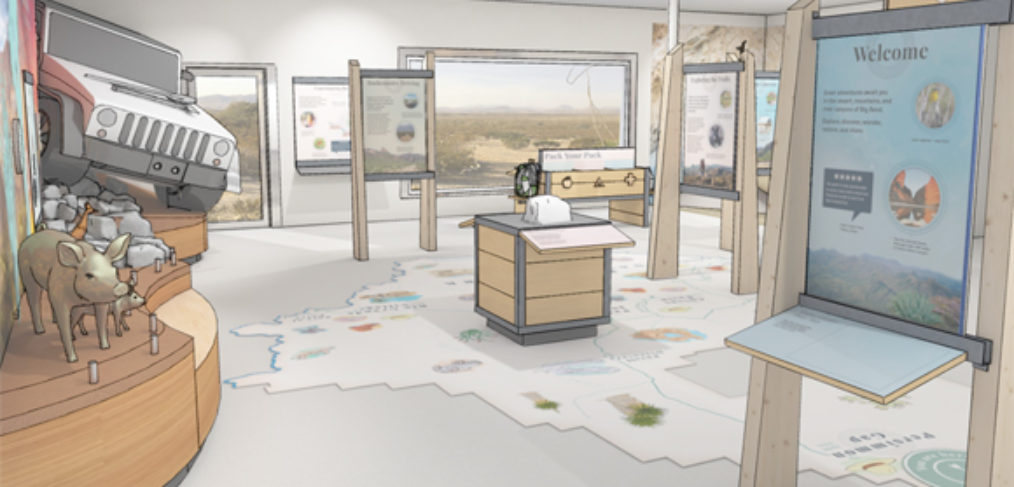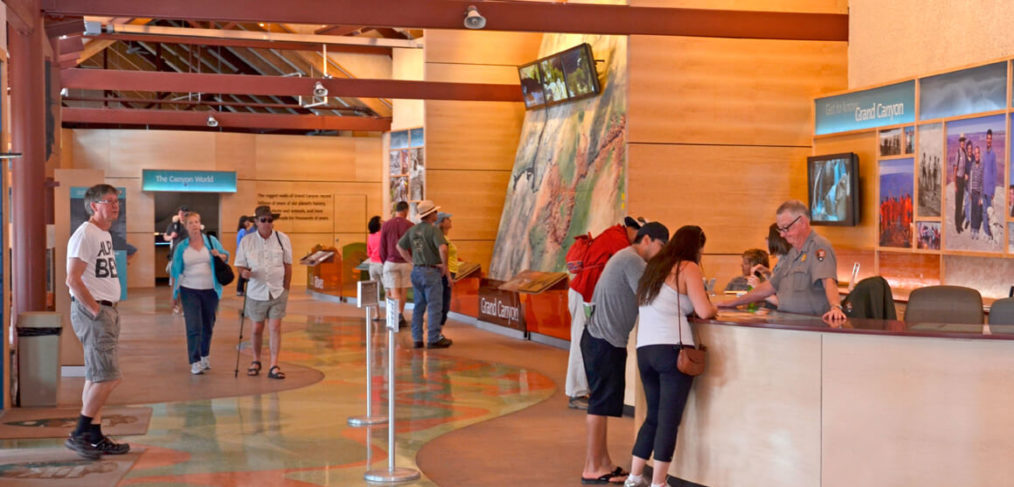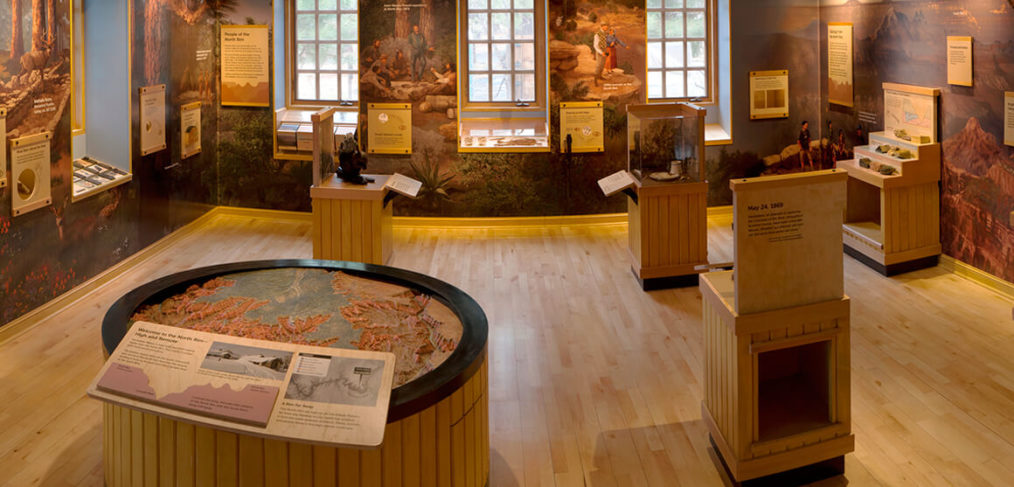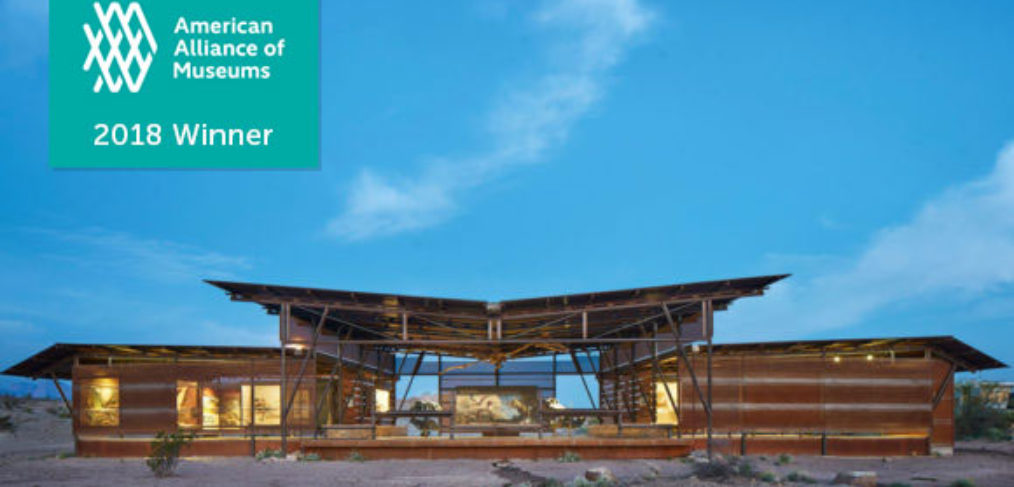Big Bend National Park, TX
Focusing on natural history and cultural stories throughout the park.
Exhibit design is currently underway for four sites in Big Bend National Park. Rio Grande Village Visitor Center is focused on the ecology of the river, highlighting the history of bi-national cooperation between the U.S. and Mexico. Magdalena House was named after Magdalena Silvas, a cook who lived there in the early 20th century. Exhibits will explore what life was like in this isolated area almost a century ago. Chisos Basin highlights the diversity of animals and habitats in the park. Persimmon Gap focuses on transportation in the remote areas of Big Bend National Park.
In 2007, EDX completed exhibits for the Panther Junction Visitor Center, interpreting the natural history of the mountains, river, and desert.











































